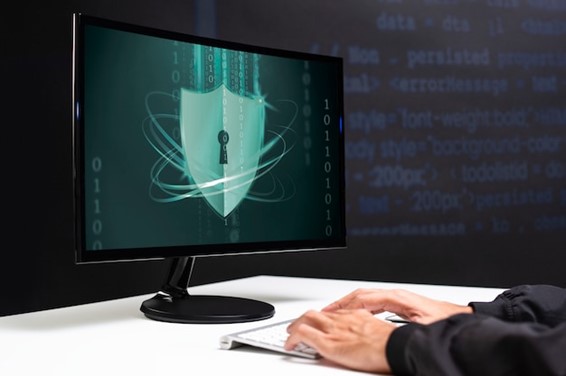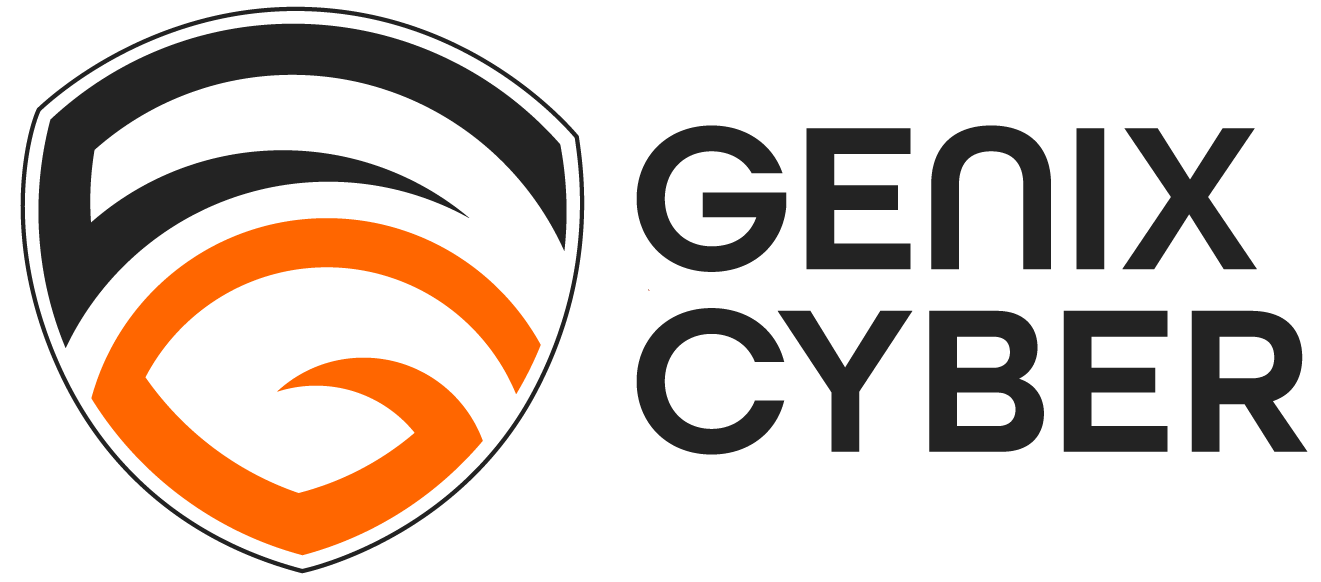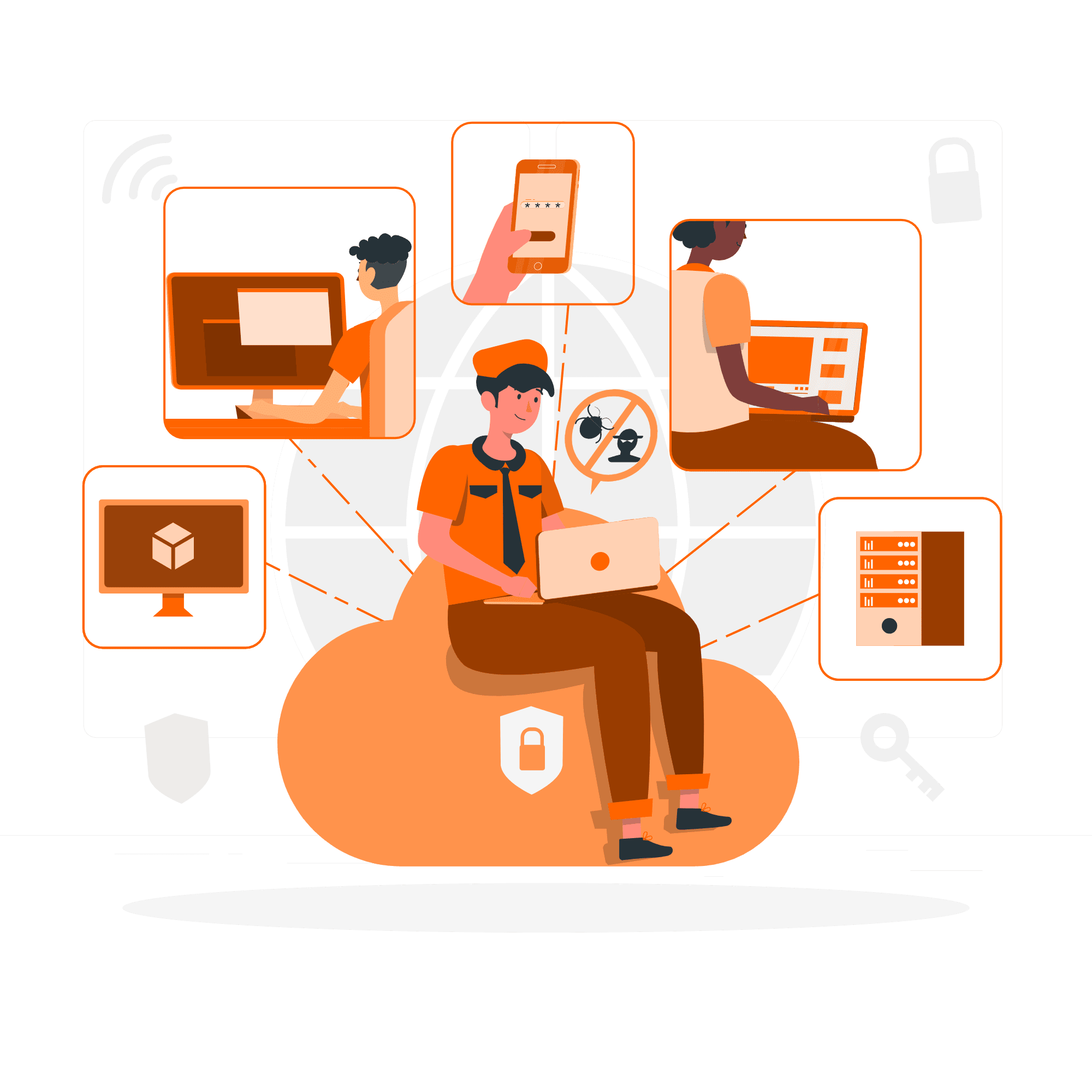Be it an individual or a billion-dollar company, cybersecurity awareness has become a must. We should be aware of both the challenges and the solutions to stay vigilant in the ever-evolving cyber threat landscape.
Let us explore 5 trending threats and 5 trending solutions in this blog.
Top cybersecurity threats in 2023: –
The Rise of Automotive Hacking: Vehicles have started relying on software, making them a potential target for cybercriminals. Hackers can exploit the vulnerabilities in Electronic Control Units (ECUs) that control and communicate with various networks. In 2015, two ethical hackers took complete control of a Jeep Cherokee, which forced Fiat Chrysler to recall 1.4 million vehicles to fix the vulnerability. This incident served as a wake-up call for the automotive industry. The increase in connected vehicles has also increased the cyber-attack landscape.
Ransomware-as-a-Service (RaaS): RaaS is a classic example that reminds us we should never underestimate cybercriminals. Going a step above launching ransomware attacks, they have started distributing ransomware kits and tools to other criminals, making it easier to launch ransomware attacks without technical expertise.
AI-powered attacks: The advantages of Artificial Intelligence (AI) in automation and personalization benefit the cyberattackers too. AI can automate vulnerability scanning, launch attacks, and even extract sensitive data. It is a sophisticated tool in the hands of both professionals and criminals, which is why AI is dubbed the double-edged sword. It can personalize attacks, create deceiving phishing emails, and bypass security measures like CAPTCHA. Moreover, AI can uncover vulnerabilities in software and systems leading to the expansion of the threat landscape.
Deepfakes: Deepfakes refer to videos or audio recordings that are modified to give the false impression that individuals are uttering or engaging in actions they never genuinely did. They pose a significant threat by tricking people into divulging sensitive information or spreading false narratives and disinformation.
5G and IoT security challenges: The growing presence of 5G and the Internet of Things (IoT) is broadening the cyberattack landscape. With its enhanced speed and reliability compared to older cellular networks, 5G has become an appealing target for cybercriminals. Simultaneously, the inherent lack of robust security measures in many IoT devices renders them vulnerable and easily exploitable by attackers.
Top Cybersecurity Solutions in 2023:

Cyber insurance:
Cyber insurance helps businesses recover from the financial losses caused by a cyberattack. It is becoming increasingly popular as businesses have become more aware of the risks of cyberattacks.
Zero Trust Network Access (ZTNA):
Zero Trust Network Access (ZTNA) is a cloud-based security approach that continually authenticates and authorizes users and devices before granting access to specific applications or data. Unlike traditional VPNs, ZTNA limits access to only what’s necessary and revokes access in case of identity changes or compromised devices. It enhances security, reduces costs by eliminating traditional VPNs, improves performance, and enables flexible remote access from anywhere. ZTNA is especially suitable for organizations with remote workers or cloud-based resource needs.
Threat Exposure Management:
Threat Exposure Management (TEM) is a cybersecurity process where organizations actively identify, prioritize, and manage risks across their entire attack surface, which includes networks, systems, applications, data, and people. The process involves the following steps:
- Discovering and inventorying assets,
- Assessing vulnerabilities in these assets,
- Incorporating threat intelligence about current and emerging threats,
- Conducting risk assessments to gauge the likelihood and impact of threats,
- Implementing risk mitigation strategies that involve technical controls like firewalls and administrative controls like security policies and training.
Multi-Factor Authentication & Adaptive Authentication:
Multi-factor authentication (MFA) enhances security by requiring users to provide two or more verification factors, such as something they know (like a password), something they have (like a smartphone), or something they are (like a fingerprint).
Adaptive authentication, a type of MFA, adds an extra layer by considering factors like the user’s location and device to decide which factors are needed. For instance, if a resource logs in from a new place or a different network, an additional one-time code from the phone might be required for authentication. On the other hand, a trusted device on the same network may only need a password. This adaptive approach makes it harder for attackers to fake the contextual factors used for authentication decisions, such as intercepting a one-time code without physical access to the user’s smartphone.
Outsourcing:
Organizations are increasingly outsourcing cybersecurity to Managed Security Service Providers (MSSPs) due to cost savings, access to expertise, 24/7 protection, compliance assistance, and the ability to focus on core activities. This trend spans small businesses seeking cost-effective protection, large enterprises with complex needs, and government agencies facing stringent security regulations. When considering outsourcing, evaluating MSSPs based on services, pricing, and performance is essential.
If you are looking for a trusted Managed Services Security Provider, look no further!



